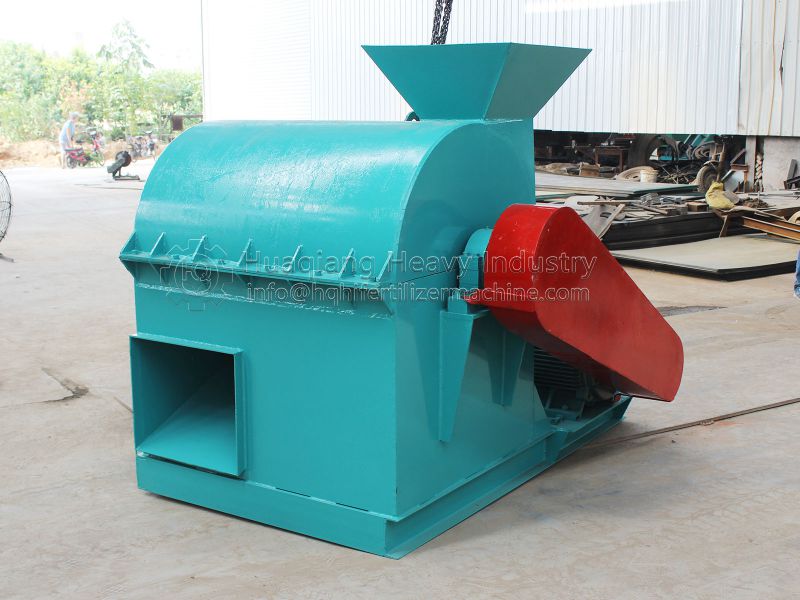How can routine drum fertilizer dryer operation and maintenance achieve energy savings and cost reduction?
Drum fertilizer dryers account for 25%-30% of a fertilizer production line’s total energy consumption. Whether routine operation and maintenance are effective directly impacts a company’s operating costs.
- Accurate Maintenance of Thermal Efficiency
Hot air is the core energy source of a drum fertilizer dryer. The pipes connecting the hot air furnace and the drum must be regularly inspected. Damaged pipe insulation can lead to heat loss (up to 10% or more) and require prompt repair or replacement. Clean accumulated slag in the hot air furnace to ensure complete fuel combustion, increase thermal efficiency to over 75%, and reduce fuel waste.

- Dynamic Adjustment of Drum Operating Parameters
Adjusting operating parameters based on changes in raw material moisture content can avoid inefficient energy consumption. When the moisture content of the wet material is low, appropriately reduce the hot air temperature and increase the drum fertilizer dryer speed (shortening the dwell time). When the moisture content is high, adjust the opposite direction. This ensures that every unit of energy consumed is used for effective dehydration, avoiding the waste of high energy consumption processing low-moisture materials.
- Preventive Replacement of Wear Parts
Worn drum seals (such as the seals at the feed and discharge ports) can cause cold air to infiltrate and hot air to leak, increasing the heating load. Check the seals monthly and replace any signs of aging or deformation. Also, regularly inspect the lift plate. If loose or worn, tighten or replace it promptly. Simple preventive maintenance can significantly reduce future failures and energy costs.








